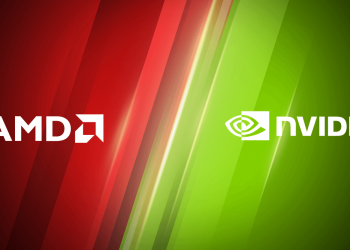Solid State Drives (SSDs) have revolutionized storage technology, offering faster data access speeds, improved reliability, and enhanced energy efficiency compared to traditional Hard Disk Drives (HDDs). One crucial aspect that differentiates SSDs is their form factor, which refers to the physical size and shape of the drive. In this article, we will explore various types of SSD form factors that have emerged in the market.
1. 2.5-inch SATA SSDs:
-
- This form factor is one of the most common and resembles the size of traditional laptop HDDs.
- 2.5-inch SATA SSDs are widely used in laptops and desktops, offering an easy upgrade path for users seeking improved performance without changing their system architecture.
2. M.2 SSDs:
-
- M.2, also known as the Next Generation Form Factor (NGFF), is a compact and versatile form factor.
- M.2 SSDs are commonly found in ultrabooks, tablets, and desktop motherboards, providing high-speed data transfer through PCIe or SATA interfaces.
- They come in different lengths, including 2242, 2260, and 2280, where the numbers denote the width and length in millimeters.
3. mSATA SSDs:
-
- mSATA (Mini-SATA) SSDs are smaller than 2.5-inch SATA drives and were designed for ultrabooks and other slim form factor devices.
- While mSATA is gradually being replaced by M.2, it is still found in some legacy systems and industrial applications.
4. PCI Express (PCIe) SSDs:
-
- PCIe SSDs connect directly to the motherboard via PCIe slots, providing faster data transfer rates compared to SATA-based drives.
- Commonly used in high-performance desktops, gaming systems, and workstations, PCIe SSDs leverage the PCIe interface for rapid data access.
5. U.2 SSDs:
-
- U.2, formerly known as SFF-8639, is a 2.5-inch form factor that uses a U.2 connector and is often associated with enterprise-level storage solutions.
- U.2 SSDs are designed for servers and data centers, offering a balance between high capacity and performance.
6. SFF SSDs:
-
- Small Form Factor (SFF) SSDs encompass a variety of compact form factors, including 1.8-inch drives, designed for applications with space constraints.
- These drives are commonly found in industrial computers, embedded systems, and specialized hardware where size and weight are critical considerations.
Conclusion:
The diversity of SSD form factors allows for flexibility in designing and upgrading systems, catering to various needs and applications. Whether it’s the compact M.2 for ultrabooks or the high-capacity U.2 for enterprise storage, understanding these form factors is essential for making informed decisions when selecting SSDs for different computing environments. As technology continues to advance, new form factors may emerge, further shaping the landscape of storage solutions.






























